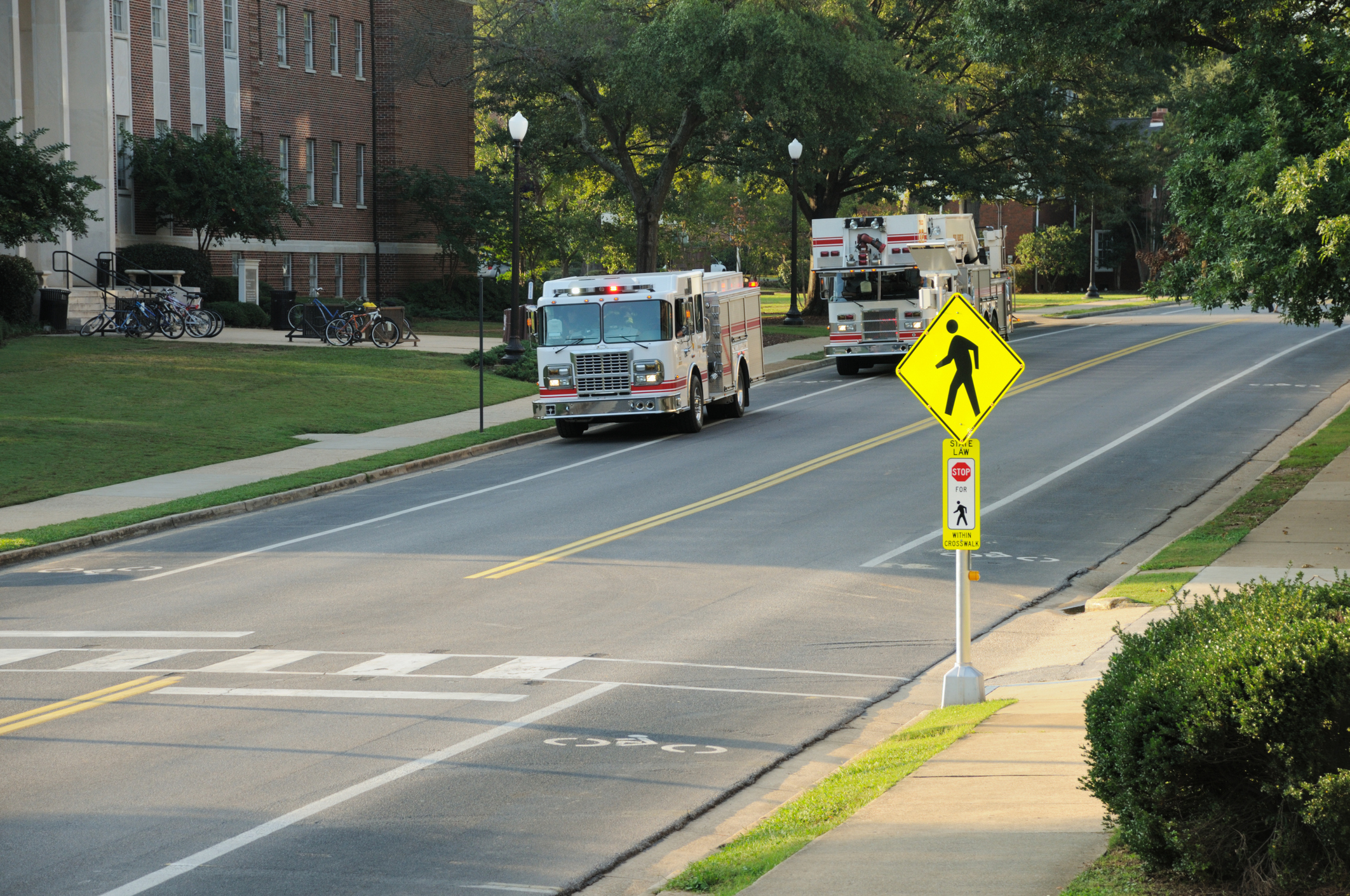Youth Drug Overdose Death Rates more than Doubled in 35 States in Just Over a Decade
Washington, D.C., November 19, 2015– According to a new Trust for America’s Health (TFAH) report, Reducing Teen Substance Misuse: What Really Works, 24 states scored five or lower out of 10 on key indicators of leading evidence-based policies and programs that can improve the well-being of children and youth and have been connected with preventing and reducing substance – alcohol, tobacco or other drugs – misuse.
Four states tied for the lowest score of three out of a possible 10 – Idaho, Louisiana, Mississippi and Wyoming – while two states achieved 10 out of 10 – Minnesota and New Jersey. The indicators were developed in consultation with top substance misuse prevention experts.
The Reducing Teen Substance Misuse report includes an analysis of the most recent drug overdose death rates among 12- to 25-year-olds, finding that:
- Current rates were highest in West Virginia (12.6 per 100,000 youth) — which were more than five times higher than the lowest rates in North Dakota (2.2 per 100,000).
- Males are 2.5 times as likely to overdose as females (10.4 vs. 4.1 per 100,000).
- In 1999-2001, no state had a youth drug overdose death rate above 6.1 per 100,000. By 2011-13, 33 states were above 6.1 per 100,000. In the past 12 years:
- Rates have more than doubled in 18 states (Alabama, Arizona, California, Colorado, Connecticut, Georgia, Hawaii, Idaho, Illinois, Kentucky, Nebraska, Nevada, New Jersey, New Mexico, North Carolina, Oregon, South Carolina and Tennessee);
- Rates have more than tripled in twelve states (Arkansas, Delaware, Indiana, Iowa, Michigan, Minnesota, Missouri, New Hampshire, New York, Oklahoma, Utah and West Virginia); and
- Rates have more than quadrupled in five states (Kansas, Montana, Ohio, Wisconsin and Wyoming).
“More than 90 percent of adults who develop a substance use disorder began using before they were 18,” said Jeffrey Levi, PhD, executive director of TFAH. “Achieving any major reduction in substance misuse will require a reboot in our approach – starting with a greater emphasis on preventing use before it starts, intervening and providing support earlier and viewing treatment and recovery as a long-term commitment.”
The increase in youth drug overdose deaths is largely tied to increases in prescription drug misuse and the related doubling in heroin use by 18- to 25-year-olds in the past 10 years – 45 percent of people who use heroin are also addicted to prescription painkillers.
In addition, youth marijuana rates have increased by nearly 6 percent since 2008 and more than 13 percent of high school students report using e-cigarettes. Youth from affluent families and/or neighborhoods report more frequent substance and alcohol use than lower-income teens – often related to having more resources to access alcohol and drugs.
The report highlights 10 indicators of the types of policy strategies that can help curb substance misuse by tweens, teens and young adults:
- Limiting Access:
- 37 states and Washington, D.C. have liability “dram shop” laws holding establishments accountable for selling alcohol to underage or obviously intoxicated individuals.
- 30 states and Washington, D.C. have smoke-free laws prohibiting smoking in public places, including restaurants and bars.
- Supporting Improved Well-being of Tweens, Teens and Young Adults:
- 30 states had rates of treatment for teens with major depressive episodes above 38.1 percent.
- 29 states and Washington, D.C. increased funding for mental health services in Fiscal Year 2015.
- 21 states have comprehensive bullying prevention laws.
- 35 states have at least an 80 percent high school graduation rate.
- 31 states and Washington, D.C. have taken action to roll back “one-size-fits-all” sentences for nonviolent drug and other offenses.
- Improving Counseling, Early Intervention and Treatment and Recovery Support:
- 32 states and Washington, D.C. have explicit billing codes for Screening (questionnaires/conversations), Brief Intervention (short counseling) and Referral to Treatment (SBIRT) in their medical health (Medicaid or private insurance) programs, yet currently fewer than half of pediatricians report talking to teen patients about alcohol and other drug use.
- 31 states and Washington, D.C. have laws in place to provide a degree of immunity from criminal charges or mitigation of sentencing for an individual seeking help for themselves or others experiencing an overdose.
- 30 states and Washington, D.C. provide Medicaid coverage for all three medications approved by the Food and Drug Administration for the treatment of painkiller addiction.
“The case for a prevention-first and continuum-of-care approach is supported by more than 40 years of research, but the science hasn’t been implemented on a wide scale in the real world,” said Alexa Eggleston, senior program officer, domestic programs, Conrad N. Hilton Foundation. “It’s time to bring innovations to scale and invest in more proactive and sustained approaches that promote positive protective factors, like safe, stable families, homes, schools and communities and intervene early to address youth substance use before addiction develops.”
Reducing Teen Substance Misuse identified a set of research-based approaches and recommendations to modernize the nation’s strategy to prevent and reduce substance use and support a full continuum-of-care, including:
- Putting prevention first, using evidence-based approaches across communities and in schools. Each state should have an end-to-end network of experts and resources to support the effective community-based selection, adoption, implementation and evaluation of evidence-based programs;
- Strategically investing in evidence-based programs that show the strongest results in reducing risk factors for substance misuse, poor academic performance, bullying, depression, violence, suicide, unsafe sexual behaviors and other problems that often emerge during teen years and young adulthood;
- Integrating school-based and wider community efforts, via multisector collaboration – and effectively collecting data to assess community needs, better select programs that match with those needs and improve accountability. Schools cannot and should not be expected to solve the problem on their own;
- Renewing efforts to gain support for the adoption and implementation of evidence-based and sustained school-based programs – moving beyond decades of ineffective approaches;
- Incorporating SBIRT as a routine practice in middle and high schools and healthcare settings – along with other regular health screenings – even brief counseling and interventions can have a positive impact; and
- Increasing funding support for sustained and ongoing mental health and substance use treatment and recovery.
The report provides additional research-based recommendations for preventing and reducing youth substance misuse. It was supported by a grant from the Conrad N. Hilton Foundation.
Score Summary:
A full list of all of the indicators and scores, listed below. For the state-by-state scoring, states received one point for achieving an indicator or zero points if they did not achieve the indicator. Zero is the lowest possible overall score, 10 is the highest.
10 out of 10: Minnesota and New Jersey
9 out of 10: California, Connecticut, Maine, Maryland, New Mexico, New York and Vermont
8 out of 10: Delaware, District of Columbia, Massachusetts, New Hampshire, Ohio, Oregon, Virginia, Washington and Wisconsin
7 out of 10: Colorado, Iowa, North Carolina and Pennsylvania
6 out of 10: Alabama, Illinois, Missouri, Rhode Island and Utah
5 out of 10: Arkansas, Florida, Hawaii, Kansas, Kentucky, Michigan, Montana, North Dakota and Oklahoma
4 out of 10: Alaska, Arizona, Georgia, Indiana, Nebraska, Nevada, South Carolina, South Dakota, Tennessee, Texas and West Virginia
3 out of 10: Idaho, Louisiana, Mississippi and Wyoming
STATE-BY-STATE YOUTH DRUG OVERDOSE DEATH RANKINGS
Note: Rates include drug overdose deaths, for 2011-2013, a three-year average, for 12- to 25-year-olds. 1 = Highest rate of drug overdose fatalities, 50 = lowest rate of drug overdose fatalities. States with statistically significant (p<0.05) increases since 2005-2007 are noted with an asterisk (*), while states with a statistically significant decrease are noted with two asterisks (**).
1. West Virginia (12.6); 2. New Mexico (12.5); 3. Utah (12.1); 4. Pennsylvania (11.8); 5. Nevada (11.6); 6. New Jersey (10.7*); 7. Kentucky (10.5); 8. (tie) Arizona (10.2*) and Colorado (10.2*) and Delaware (10.2*); 11. Wyoming (9.8*); 12. Indiana (9.6); 13. Missouri (9.5*); 14. Oklahoma (9.4); 15. New Hampshire (9.3); 16. Ohio (9.1*); 17. Wisconsin (8.8*); 18. Maryland (8.5); 19. Arkansas (8.4); 20. Connecticut (8.3); 21. Illinois (8.2*); 22. Michigan (8.1*); 23. Massachusetts (7.8); 24. Alaska (7.2); 25. North Carolina (7.1); 26. (tie) Montana (7.0) and Tennessee (7.0**) and Vermont (7.0); 29. (tie) New York (6.9*) and Washington (6.9); 31. Oregon (6.5); 32. (tie) Alabama (6.2) and Louisiana (6.2**); 34. (tie) Rhode Island (6.0) and Texas (6.0); 36. (tie) Kansas (5.9) and Virginia (5.9); 38. (tie) Idaho (5.8) and South Carolina (5.8); 40. (tie) Florida (5.7**) and Minnesota (5.7*); 42. Georgia (5.2); 43. California (4.9*); 44. Maine (4.7**); 45. Hawaii (4.6); 46. Iowa (4.3); 47. (tie) Mississippi (3.7**) and Nebraska (3.7); 49. South Dakota (3.3); 50. North Dakota (2.2).
###
Trust for America’s Health is a non-profit, non-partisan organization dedicated to saving lives by protecting the health of every community and working to make disease prevention a national priority.


